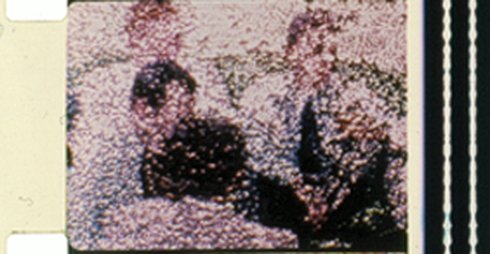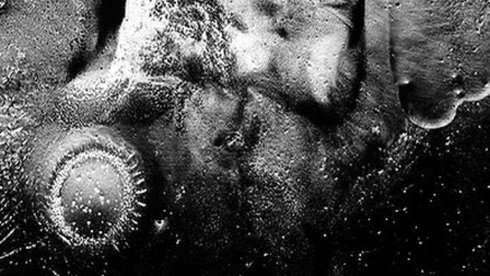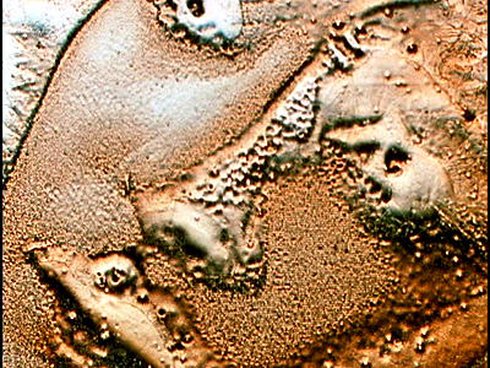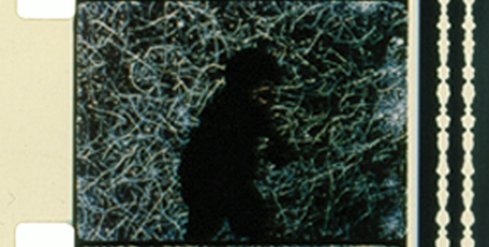Artist in focus
Remains to be Seen USA 1989/1994 17 min | 16mm In the melancholic “Remains to be Seen”, dedicated to the memory of Solomon's mother, the scratchy rhythm of a respirator intones menace. The film, optically crisscrossed with tiny eggshell cracks, often seems on the verge of shattering. The passage from life into death is chartered by fugitive images: pans of an operating room, an old home movie of a picnic, a bicyclist in vague outline against burnt orange and blue. Solomon measures emotions with images that seem stolen from a family album of collective memory. (Manohla Dargis, “Village Voice”) |
|
Night of the Meek (Twilight Psalm III) USA 2002 24 min | 16mm It is Berlin, November 9, 1938, and, as the night air is shattered throughout the city, the Rabbi of Prague is summoned from a dark slumber, called upon once again to invoke the magic letters from the Great Book that will bring his creature made from earth back to life, in the hour of need. A kindertotenlied in black and silver on a night of gods and monsters. |
Walking Distance (Twilight Psalm II) AT 1999 10 min | ohne Dialog | 35mm CinemaScope Imagining one of those rusted medieval film cans having survived centuries, a long lost Biograph/Star, a Griffith/Melies co-production, a two-reeler left to us from, say, the Bronze Age, a time when images were smelted and boiled rather than merely taken, when they poured down like silver, not be to fixed and washed, mind you, but free to reform and coagulate into unstable, temporary molds, mere holding patterns of faces, places, and things, shape-shifting according to whim, need, the uncanny or the inevitable...”Walking Distance” is a simple Golden Book tale of horizontals and verticals, a cinema of ether and ore. |

